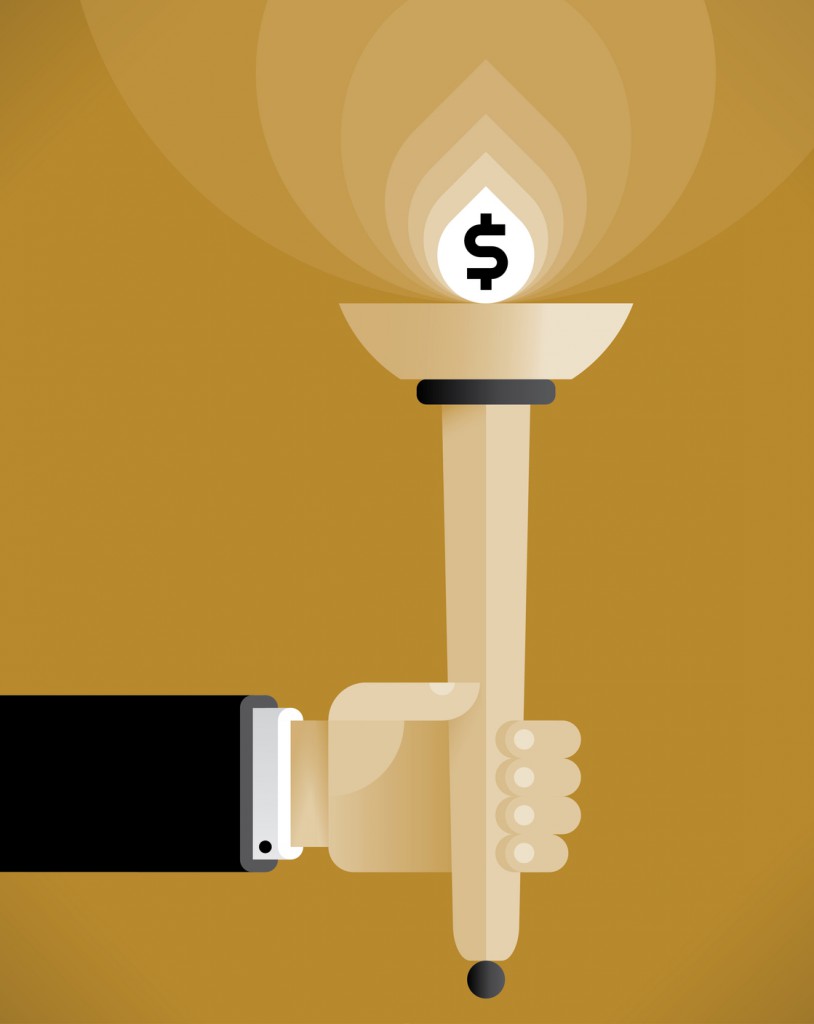In simplistic terms, meta descriptions are HTML attributes that provide concise explanations of the contents of web pages. Meta description tags, while not important to search engine rankings, are extremely vital in gaining user click-through from search engine result pages (SERPs). We’ve all seen them before, they look like this:

As SEO best practices constantly evolve and change, it is easy to take our focus off our meta descriptions, after all they don’t immediately affect our rankings, so why exhaust our energies here?
Well, it’s high time we rekindled the relationship with our forgotten friend. As mentioned before, meta descriptions directly effects traffic volume. It serves as your ad copy, and therefore needs to be compelling, relevant and include a call to action.So while the lowly meta description may not get your page ranking at the number one spot, it will drive sales.

Getting back on good terms with your meta description
1. Solve a problem
Web users are generally searching for an answer to a problem. This is applicable to online retail as well. Say a user is looking to put in an above-ground swimming pool for the summer. They’re looking for one that is the best quality, price, warranty, installation service, etc. and the meta description needs to address this.
2. Stand Out
Google Adwords does not allow you to use capitalisation for emphasis in paid advertisements, however nothing is stopping you in the meta description. Used sparingly it can really capture the attention and draw the eye of the reader. Similarly, numbers can attract attention where words may fail (e.g 50% off or Fortune 500 Company).
3. Key Facts
Include the most important facts that are relevant to your audience. Whether it is size, model or same day delivery, list it clearly and concisely in your description. Keep this up-to-date. Nothing will scare off a sale faster than archaic, obsolete products.
4. Talk Up Yourself/ Use Superlatives
You’ve only got a few sentences to draw a user in — so show off. If you can name drop or boast any accolade you’ve received, do it now. Furthermore, superlatives will help sell yourself and your page content, e.g. “Check out our stunning, top-of-the line [product and/or service]!”
5. CTAs
Calls to action are used in every other form of advertisements so why would you leave them out of your meta description? Encourage the user to take the next step of clicking-through to your site.
A few last words on the subject: meta descriptions should employ your keywords intelligently, but also sell your company and product offer. Make sure your description is compelling with direct relevance to the page. Each page’s meta description should be unique and ideally be between 150-160 characters.
It’s high time to welcome the meta description back into our SEO friendship circle. The more we put into our descriptions, they more we get back. Putting the love back into the metadescriptionrelationship canonly benefit us — the better the description is, the higher the click-through rate will be, ultimately bringing more traffic to your site.
If you want help producing dynamite meta descriptions and amp your click-through rates, or if you are looking to revamp your entire SEO campaign, talk to us.Our Digital Manager Veronica Nobbs will get you on the road to optimisation in no time!
e: veronica@b2bpartners.nz
